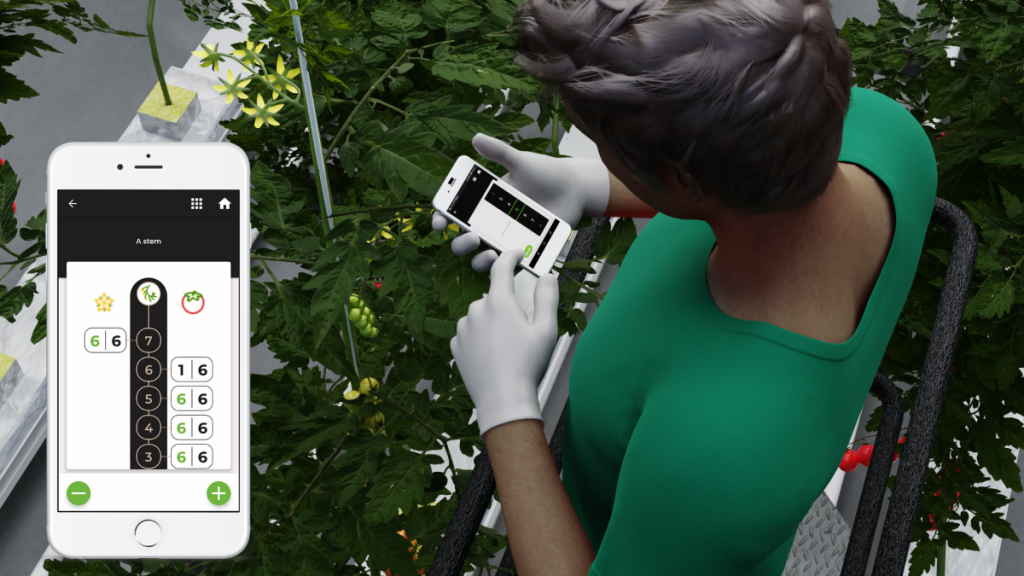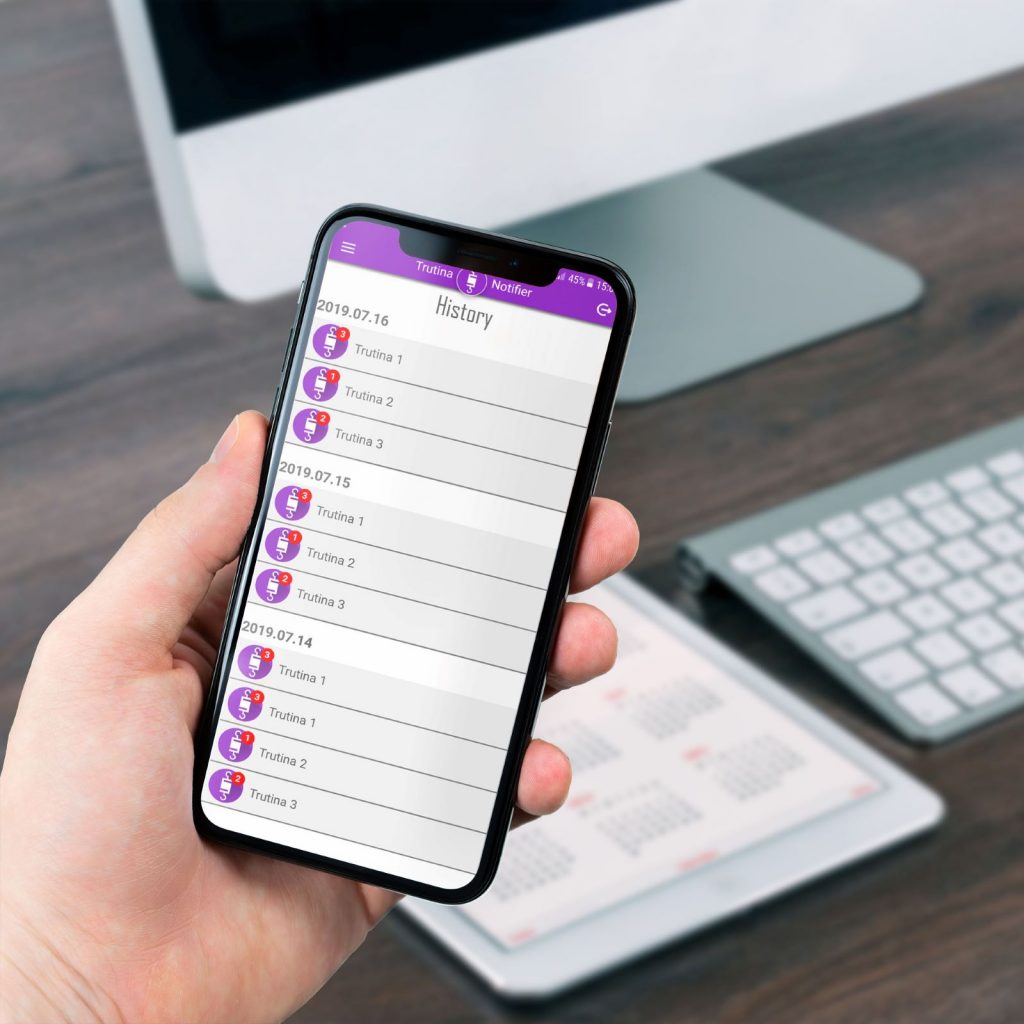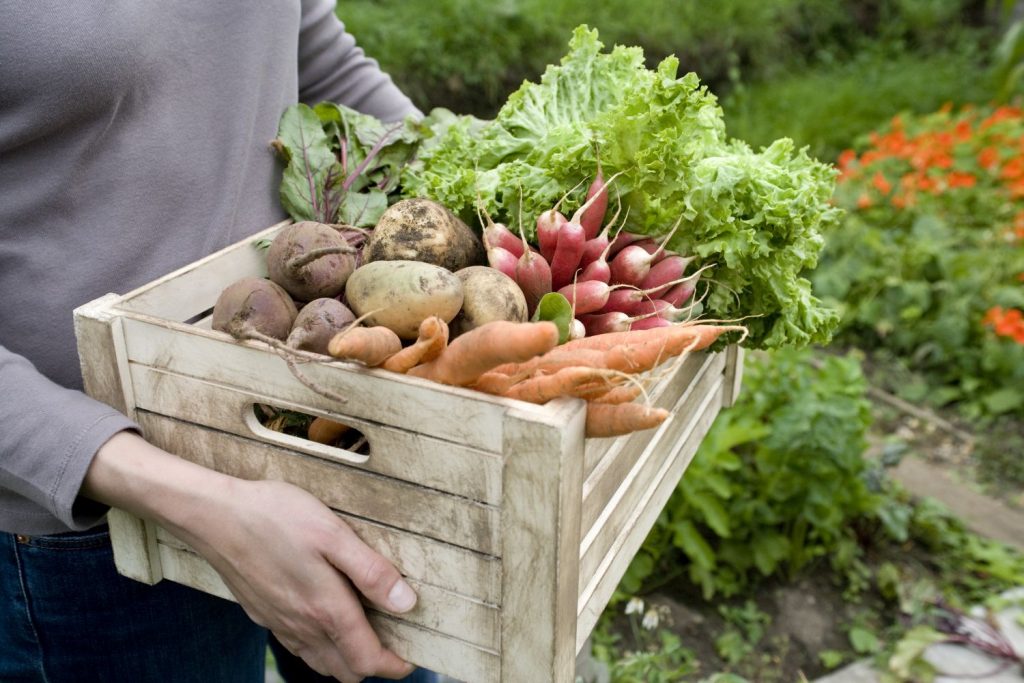
Being smart in this very era is no longer a choice, rather an inevitable and urging need to stay with the crowd. This ‘e-change’ had created a global boom, and the reciprocation can be seen in the agricultural industry as well. Agricultural apps are the latest derivatives of smart farming, used by thousands of farmers to find the sweet spot of the farming business.
All of these ‘farm apps’ targets farmers to revolutionize the agricultural sector by equipping them with most modern plant growth trackers and analyzing software, thereby improving output with limited resource. This article will give you a brief idea of the current status of modern farming advancements.
The era of smart farming
Modern agriculture is an evolving practice combining the computational power of the digital era with conventionally gained farming knowledge to increase agricultural efficiency. As a result, cultivation can reduce its dependence on chemical fertilizers with minimal human intervention and high yield, while solving problems like waterlogging, irrigation, and several environmental issues. Sensors are extensively employed to collect vital plant data which are then converted into algorithms and software would analyze the data for you, playing a pivotal role in the decision-making process.
There are a lot of advantages in bringing the computer into the game, thus earning an alternative name ‘smart farming.’ The smartest thing here is the efficient exploitation of minimally available resources. For instance, water is a scarce resource in the majority of fields, and with farm apps like ‘Trutina,’ one could optimize the irrigation strategy, thus saving a lot of water in the process. Not only water conservation, but the yield and crop is quality also skyrocketed due to several optimizations in the cascade.
Current IT trends in agricultural sector
There are a lot of innovations being introduced to the market every day, and many of them are lifesavers for millions of farmers around the globe. These IT-based products are the pillars of modern agriculture bridging the gap between farmland and computer. Even in conventional practices, some level of electronic interventions can be seen like climate monitor, irrigation automation, etc. but none of these implements would help in decision making since they lack a central database where all the different kind of data are collected in order to analyze them. This is crucial and without this the agriculture sector would not dive into a world of fully automated farms with zero manual labor in the next 100 years.

Why do you need IT solutions?
Well, the answer is simple, to increase the yield and generate clean profit. Unfortunately, in the agricultural business, both of these objectives are counterintuitive. For increasing the yield, one must rely on fertilizers, extensive irrigation, and large-scale energy expenditure which would generate profit but then pollutes the environment. The prime focus of smart farm apps is to solve multiple issues at once by collecting plant vitals to understand the physiology and thereby supplying what plant is asking for rather than what we have. This has a huge impact on the quality and quantity of products with significantly less resource usage.
What are some of the IT-based solutions in modern farming?
‘Trutina’ is an excellent example for an agricultural app that collects several plant physiology and biomass related data to help in planning irrigation, reducing fertilizer use and lowering energy consumption all of which reflects in product quality and quantity. Climate monitoring, greenhouse automation, remote sensing, artificial lighting, and much more are there when it comes to smart solutions. End to end farming practice will be the next big accomplishment in IT-based farming, moving farmer from field to office.
How agricultural apps revolutionize farming?
In the past agriculture was all about growing crops, harvesting, and supplying. Farmers twist and tweak to keep these three factors to the maxima, and we have seen how this had impacted the environment in the past few decades. Smart farming was the answer agriculturists put forward to combat the problem created by conventional agriculture. Since then, the industry had grown at an amazing pace, and possibly this might be the solution that humankind has been looking forward ever since the industrial revolution.
Agricultural apps have evolved to suit the farming need and customization according to the type of farming, crops, water availability, solar irradiation, and soil content are the hallmarks of this new age farming technique. Even the figures reflect this fact with a whopping 20% hike expected in IoT installation in farming worldwide by 2020, hitting 75 million dollars compared to the previous year. The future farming technologies are expected to reach 15 billion dollars by 2025, showing an ever-increasing demand for modern farming.
One profound impact is on greenhouse farming, which is more contained and compact, where climate control, irrigation, pest protection, and environment proofing can be done more efficiently. Plus smart farms are easier to install in a greenhouse setup with less effort, and there is no need for high investment. For an affordable yearly fee farmers can enjoy a service. Crop monitor is an excellent tool that can be adapted to a greenhouse with ease, which gives the farmer complete overview over the crop balance.
What is crop monitoring and how does it help your farming business?
Crop monitoring is one of the latest additions in the agricultural apps that can give you a precise idea on the status of your crop balance. When you have unlimited access to the plant physiological/anatomical data, the user can optimize the several parameters that would, directly and indirectly, influence plant growth. A crop monitor helps to digitalize parameters like foliage, leaf size, number of clusters, fruit sets, flower number, etc. This way, the farmer has a precise idea on the status of crop balance, fruit loads or its deviation from desired growth curve.
For instance, ‘Crop Monitor’ from Gremon Systems is a state of the art monitoring tool to give the farmer the most accurate estimate regarding their produce. This product from GS helps to digitalize the strength of the plant (diameter of the stem, weekly growth rate, and distance of flowering cluster), leaf area index (leaf length, width, and number), and loading of the plants (number of clusters, fruits and flowers). All the agriculture data is neatly presented in charts and diagrams for easy interpretation. This digitalization saves time, money, and helps to improve the yield as well.
How does crop monitoring apps benefit your horticulture?

Crop monitoring is one of the vital smart farming practice that could directly impact your business. Most of the single tomato farmers can exploit this technology and juice the best out of their investment. In GS ‘Crop Monitor,’ the farmer gets a real-time update regarding the status of the plant, and the system helps to digitalize all vital data every week. The user can access all the crucial information in chronological order on the web interface. The best part of this product is the simplicity in catering the data, such that even a layperson can grasp the graphs. This helps the farmer in deciding whether to compensate in farming technique or irrigation to keep matching the projection.
Also, foreseeing the expected harvest amount is very important to all the farmers. Some of the data which can be digitalized by ‘Crop Monitor’ will be very important basic of another service that will be available from GS soon. It will be another web interface where farmers can model crop-loads, energy status and foresee the estimated time and kg in the upcoming weeks. Farm apps try to automate the process of decision making based on similar previous data and with statistical support, any chances for an error is eliminated. Also, the amount of data generated by these smart farming techniques always secure in the cloud server of the company, thus safeguarding the vital information.
So, what can you do as a farmer?
Agricultural apps are undoubtedly going to be the next gold standard in farming. It’s all about time, and faster you could adopt this future farm technology, safer will be your farming business in the next decade. Pioneers like Gremon Systems have already invested a good amount of research and money in establishing state of the art farm apps in the modern farming business, and for being a smart farmer, the only thing you have to do is to make a smart investment.
